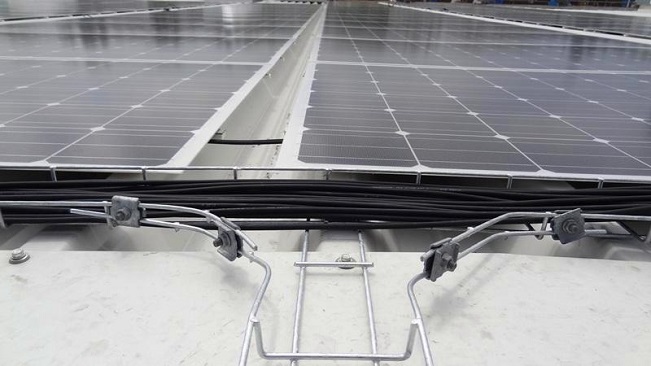Connecting the components of your solar energy system requires proper wiring in order to minimize the loss of energy and to prevent overheating, possible damage, or even a fire in a worst case scenario. It is critical that you get the wiring right and avoid potential consequences. But, mistakes can be easily made, so if you are don’t feel confident in your own ability, it is best to consult a qualified electrician that has the necessary knowledge of solar energy systems.
Electrical wires have one of two types of conductors and this is the case with solar cables as well. A conductor is the central metal part of the wire and it can be either a single stranded or multi stranded. Single stranded wires are usually used for domestic wiring and I am sure most people are familiar with them. Multi stranded wires, on the other hand are mostly installed into system that may be subjected to vibration mainly because they are in some mobile equipment such as boats, aircraft, motor vehicles and so on. The main advantage of multi stranded wiring is that it performs much better under continuous vibration, unlike a single strand wire, which can weaken or even fracture under the same conditions.

You also need to have in mind that all wires have a maximum current ratting that must no be exceeded. Basically, wires are rated according to the Amps that can safely pass along it. Higher current requires thicker wires and it is extremely important to get this right. To put it simply, if your wire is too thin or too short, the voltage will drop and the cable will heat up and possibly catch fire.
Generally, people choose the thickness of the wires based on the cost and the specifications by the professionals. However, when it comes to solar cables for smaller projects, it is often recommended to get a reel of thicker wire that can cope with the biggest current appliance that you will be using.
For example, if you have a 15 amp appliance and you have a long wiring run, using a 15 amp wire puts you at risk. You should allow at least a 35 percent margin, which means something like a 25 amp would be your best choice. When it comes to safety you really should worry about costs.
You should always consult your local electrical trade distributor or customer support if you are shopping online, for the correct cable for the current you will be using. You just need to know the amps you will be drawing in your circuits and they will be happy to help you out. And, of course, you can always do a Google search and find a ton of helpful guides.
























